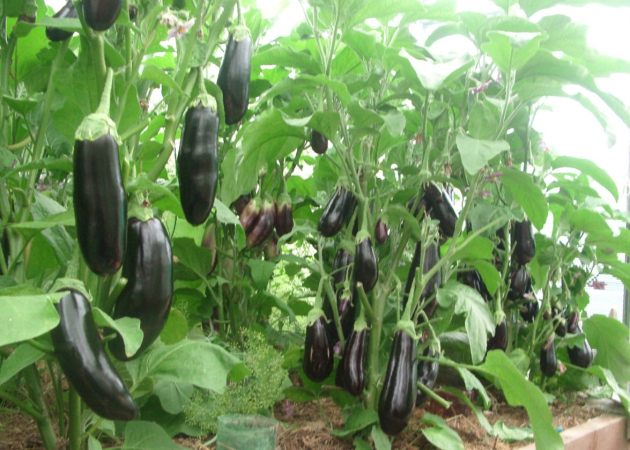 Eggplant is a wayward culture that requires careful care and regular feeding. Inadequate or untimely application of fertilizers instantly depresses delicate vegetable bushes.
Eggplant is a wayward culture that requires careful care and regular feeding. Inadequate or untimely application of fertilizers instantly depresses delicate vegetable bushes.
With a nutritional deficiency, the fruits are few and they are not of good quality. While with an excess of nutrition, especially nitrogen, the summer resident receives a lush green tops to the detriment of the formation of fruits. To get a good harvest, eggplants require frequent top dressing. Depending on the fertility of the land, you may have to feed the plants every two weeks.
Content
- 1 Features fertilizer eggplant
- 2 When foliar top dressing is vital
- 3 Soil preparation before planting
- 4 Organic fertilizer
- 5 Fertilizing with mineral fertilizers
- 6 Ash application
- 7 The use of natural nutrition
- 8 Fertilizer Calendar
- 9 Feeding eggplant during flowering and before fruiting
- 10 Feeding eggplant during fruiting
- 11 The best means for fertilizing eggplant at different stages of the growing season
Features fertilizer eggplant
To grow well, eggplant needs everything at once. Mineral fertilizers must be combined with organics, while using both specialized drugs and traditional means from a household economy. Eggplant agronorm - only 15 grams per square meter. This means that a single eggplant bush needs a minimum amount of nutrients, but they should come as often as possible. It is impossible to overfeed it, but it is also not worth leaving without fertilizers, otherwise you can remain without a crop.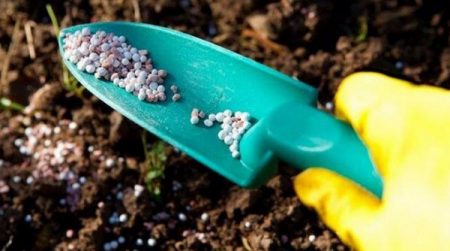
Fertilize eggplant exclusively in the root way, that is, treat the root system with prepared, weakly concentrated solutions or dry mixes. Foliar feeding, namely the application of fertilizers through the leaf, is undesirable. Fragile delicate foliage does not tolerate moisture. Even water the plants should only be at the root, but not on the leaves. If the fertilizer, especially nitrogen-containing or phosphorus, gets on the tops, then the leaves will begin to wither and the plant will die. Root dressing provides access of nutrients to the root system, which nourishes all organs of the bush.
When foliar top dressing is vital
In some cases, non-root treatment is still needed. For example, when a plant is completely weakened and lacks trace elements. In this case, it is necessary to dilute the concentration of fertilizer several times less than for root top dressing. Otherwise, you can burn the leaves of the culture.
When foliar top dressing is useful:
- with diseases and pests;
- in wet summers when rains wash nutrients out of the soil;
- when flowering;
- with poorly developed rhizome;
- with general weakness of plants;
- to increase productivity.
Foliar feeding is arranged by lightly spraying the plants so that small droplets remain on the leaves.
Why is foliar nutrition so beneficial? First of all, this is how nutrients get to plant organs faster.You will have to wait a long time through the root of the result, while the sheet immediately absorbs trace elements, and the synthesis process is faster.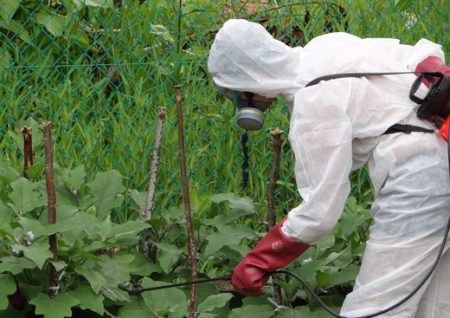
The use of spraying is advisable during the formation of the ovaries. It happens that this process is slow, and the flowers begin to fall off. The stimulation of flowering helps treatment with boric acid or magnesium sulfate. The easiest way is to use ready-made products (Agricole, Kemira station wagon), which spray plantings.
Soil preparation before planting
A short-day plant, eggplant is better at light fertile soil. Therefore, when planting beds, it is necessary to add a portion of fertilizers to the soil. This is necessary if in the future there will be no opportunity to feed vegetables on schedule.
In this case, it is rational to use complex mineral dressings, which include the elements necessary for the formation of strong roots, rapid growth of greenery, increase immunity to diseases and stress resistance. 30 grams of superphosphate, 15 grams of ammonium sulfate and potassium chloride are added per square meter of ordinary garden soil. Or they combine superphosphate, ammonium sulfate and wood ash. Organics (old humus) spread a handful in the hole during planting.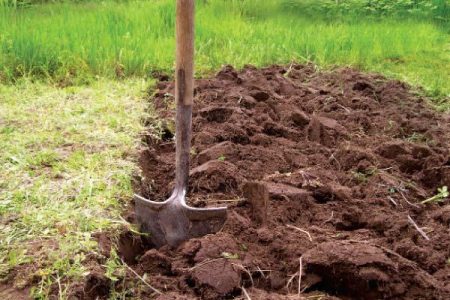
Eggplant cannot grow on any soil. They need a light, loose earth with neutral acidity. Therefore, depending on the condition of the soil, it is brought into compliance with the requirements for growing eggplant:
- wood chips, sand and old mullein (1 bucket each), peat (2 buckets) are brought into clay soil;
- compost and peat are laid in sandy soil (2 buckets each), the same amount of clay soil, rotted sawdust (1 bucket);
- sod and leafy soil (1 bucket each), compost are introduced into the soil with a high peat content.
Organic fertilizer
The waste products of animals and birds are the best suited for feeding blue. For fertilizers use bird droppings, mullein, rotted manure. Eggplant also responds well to compost feeds. It is important to understand that aggressive chemical elements can easily burn small vegetable bushes, and therefore all organic fertilizing is given in a weak concentration. To do this, the organics are diluted with water and insisted, only then do liquid top dressing.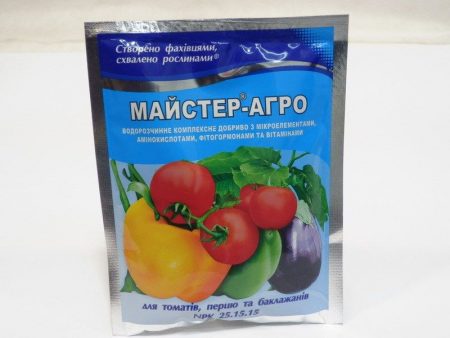
By the way, liquid fertilizers are especially useful during fruiting. The nutrient mixture is prepared from bird droppings (1 bucket), water (100 liters) and nitrophoska (1 glass). All mix well and insist 5-7 days.
Fertilizing with mineral fertilizers
"Blue ones" have a constant need for certain trace elements. The lack of even one chemical element immediately affects the development of bushes and the formation of fruits. Therefore, it is recommended to systematically introduce balanced doses of mineral formulations. Eggplant needs phosphorus and potassium throughout the growing season, but nutrition will not be balanced without nitrogen.
Phosphorus Feeding
Phosphorus is necessary for the growth of the root system. Usually, conventional superphosphate is used for top dressing in combination with other mineral fertilizers. It contains up to 25% phosphorus. On poor soil, you can use double superphosphate, the phosphorus content of which is two times higher. A similar composition contains nitrophos. Phosphate top dressing is arranged during flowering, as it contributes to the formation of ovaries and ripening of fruits. If you forget about the introduction of this element, the plant inevitably becomes ill with leaf chlorosis. More detrimental consequences of a lack of phosphorus: falling flowers, lack of fruit ovaries, and as a result - a serious shortage of the crop.
Potash dressing
The presence of potassium in the soil strengthens the plants, makes them more hardy, immunoprotective. Deficiency leads to stunting and disease. It is best to use potassium nitrate to feed the soil. This fertilizer contains both potassium and nitrogen. Support the growth of plants will help the introduction of wood ash in the soil. It is scattered under each bush at the rate of 1.5 cups per 1 square meter.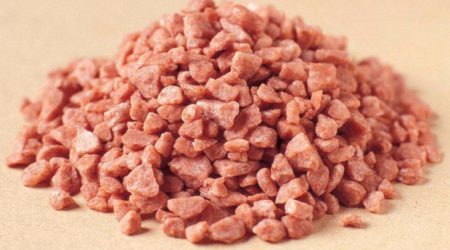
Nitrogen Feeding
Nitrogen helps plants to develop and build up the aerial part - greens and photosynthesis. If the component is small, then the bush will be frail, pale. An excess of nitrogen can leave the gardener without fruits, since the plant will spend nitrogen on building green mass, and not on the formation of ovaries. Urea diluted with water is used as nitrogen-containing top dressing. An alternative to the drug is ammonium sulfate, which carries not only nitrogen, but also the necessary dose of sulfur.
Ash application
Ash feeding is arranged throughout the growing season. This natural component allows enriching plants with macro and microelements without unnecessary costs. Ash is used in the intervals between top dressing, going on schedule.
Ash can be sprayed over plantings or arrange liquid top dressing when it is diluted with water and the beds are abundantly watered.
The use of natural nutrition
The use of traditional eggplant products has the best results in growing crops. The fact is that the concentration of chemical elements in natural top dressings is not as aggressive as in specialized ones, and therefore it is practically impossible to harm young bushes (to arrange an overdose) Among other things, natural top dressings do not saturate the fruits with toxins and nitrates.
Popular folk remedies:
Herbal infusion
Mowed grass is laid in a barrel, poured with water, and then insisted for a week until the mixture ferments. The resulting solution is watered bushes at the root. A solution of wood ash. Useful replenishment is prepared from 150 grams of ash and 10 liters of water. The mixture is insisted for 2-3 days, then filtered and arranged to spray.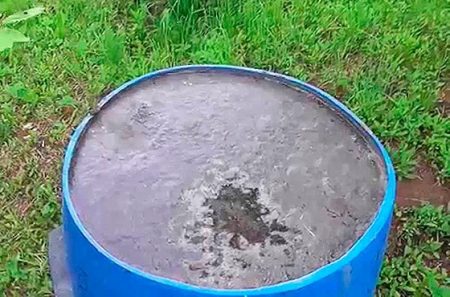
Compost tea
Boiled potato skin, then add 100 grams of compost to them. The resulting mixture is watered with soil.
Yeast fertilizer
The effect of such top dressing is comparable to the action of a growth stimulator. To prepare the solution, you need a bag of dried yeast and 2 tablespoons of sugar. The ingredients are diluted in warm water, insisted for several hours. Then the planting is watered.
Yeast-based solution
A universal remedy that enriches the plant with all the necessary elements, enhances immunity, stimulates growth. The composition of useful top dressing includes: brown bread, yeast, mowed grass, ash, slaked lime, chicken droppings. All components are mixed and kept for 6-7 days, after which a weak concentrate is bred and the garden is watered. Such dressing can be arranged once a week.
Fertilizer Calendar
When feeding, they try to use types of fertilizers containing minerals, as well as organics. The more components the next feed will contain, the better the bush will grow, the more flowering and fruiting. At different stages of the development of the eggplant bush, he needs an individual set of nutrients. Therefore, there is a certain schedule for feeding, taking into account the biological characteristics of the culture. In total, it is customary to feed eggplants 2 times in the seedling period and 4-5 times after planting in the garden, depending on the fertility of the soil.
Seedling top dressing:
- It is carried out after the appearance of the first leaves. Fertilize with nitrogen and potassium.
- 10 before the transfer to the garden. Phosphoric compounds are added to nitrogen and potassium compounds.
You can also feed peaked seedlings to strengthen their root system and allow the bushes to develop more actively until the moment of planting in the ground. In the greenhouse, eggplants are first fed 14-20 days after transplantation. During this time, the underdeveloped root system is strong enough to begin to fully nourish the plant. Further feeding is arranged with a frequency of 2-3 weeks, choosing the moments of phased development of plants.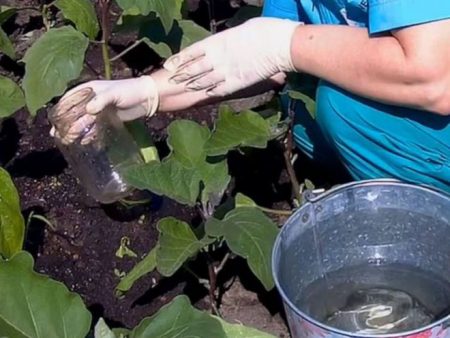
The order of feeding eggplant:
| stage | what to deposit | deadlines |
| 1 top dressing | nitrogen, phosphor, potassium | after 2-3 weeks after landing on the bed. |
| 2 top dressing | nitrogen, the amount of fosfopa and potassium are increased in 2 times | the appearance of the first ovaries |
| 3 top dressing | fosfop and potassium | bud formation period |
| 4 top dressing | focfop and potassium | stage of active fruiting |
On poor soils, the first top dressing is arranged a little earlier, after 10-12 days. Then fertilizers are applied once a day, changing organics and minerals alternately.
Feeding eggplant during flowering and before fruiting
- Each bush is shed with nettle infusion.
- Prepare a solution of water, mullein and wood ash.
- Urea, superphosphate and potassium chloride are diluted in water, and root dressing is done.
- A pinch of urea, a spoonful of potassium sulfate and 2 tablespoons of superphosphate are diluted in 10 liters of water.
- Ammonium nitrate, superphosphate, potassium salt (10-15 grams) are mixed, diluted in 10 liters of water.
- Mullein, nettle, ash with water are insisted, plantings are watered.
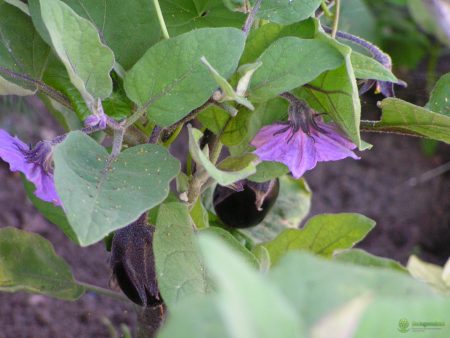
Feeding eggplant during fruiting
- 40 grams of superphosphate diluted in water, arrange for liquid top dressing.
- A spoonful of potassium sulfate is diluted in a bucket of water.
- Superphosphate and potassium salt are mixed, water is added.
- A kilogram of chicken manure and 4 tablespoons of nitroammophos are diluted in a bucket of water.
- An aqueous solution of mullein, chicken droppings and urea is prepared.
The best means for fertilizing eggplant at different stages of the growing season
1 top dressing
From this period, it is optimal to introduce complex mineralized preparations, such as Kemira, Mortar, Harvest. They stimulate the rapid development of the bush, the formation of multiple ovaries. The drug Kornevin promotes plant growth.
From organics, it is better to use an infusion of grass. This fertilizer has a lot of humus, nitrogen and trace elements that will give an impetus to the healthy development of eggplant.
2 top dressing
Of the finished preparations, Signor tomato, Agricola, Kemira (suitable for all nightshade) are used or a solution is prepared from superphosphate and urea.
An organic infusion of grass, mullein, slurry and ash is prepared.
3 top dressing
A growth stimulant is used, it can be poured with Effecton, diluted repeatedly with water.
From organics, a slurry solution with the addition of ammonium nitrate is used.
4 and 5 (if necessary) top dressing
The soil is enriched with potassium sulfate. At the stage of fruit ripening, Agricole-Vegeta is introduced.
The infusion of bird droppings and nitrophoska will help stimulate the rapid loading of fruits. Before use, the infusion is mixed with water and watered areas under the bushes.
To “tame” the capricious eggplant and get a plentiful harvest of healthy vegetables is difficult, but certainly possible. The main thing is to follow the feeding schedule and use only the right fertilizer.

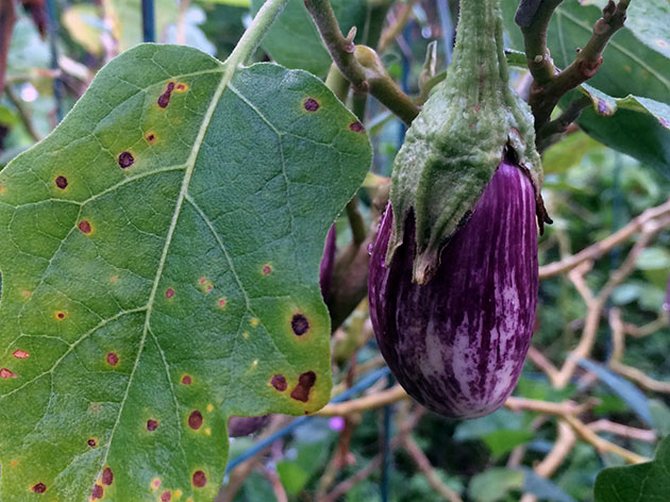
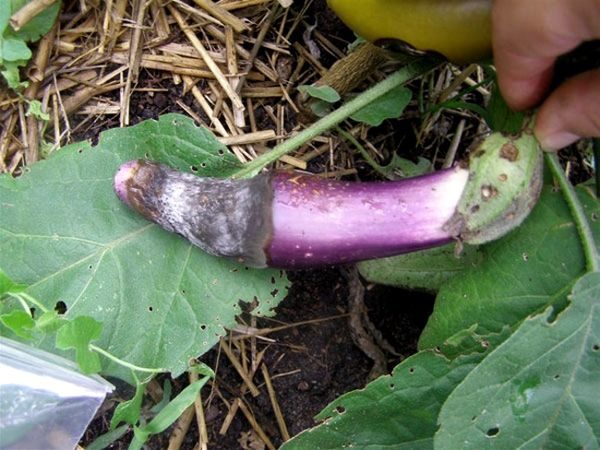
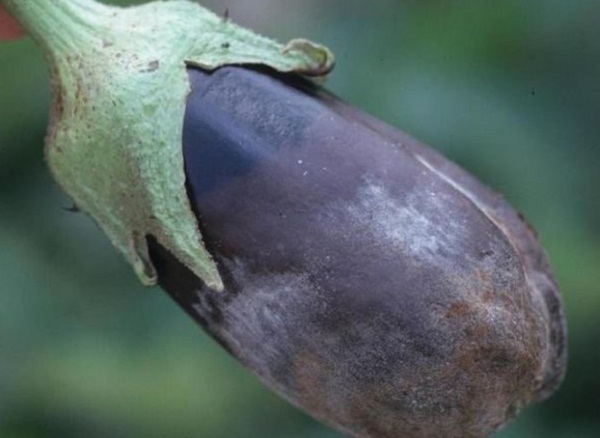
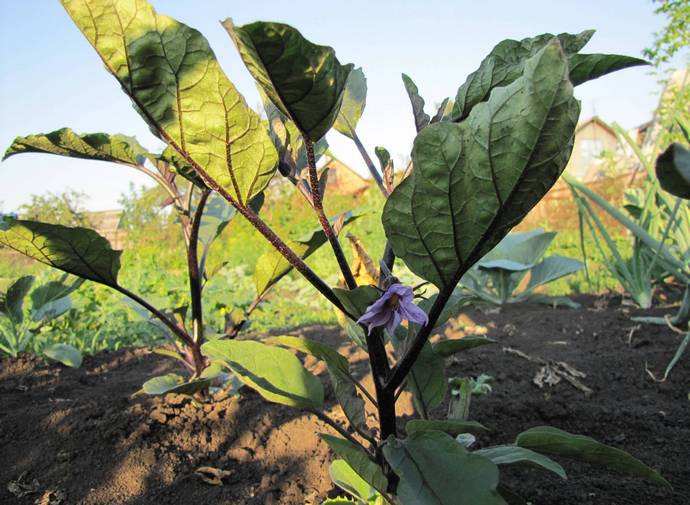 Eggplant have a empty flower? Save together with simple methods
Eggplant have a empty flower? Save together with simple methods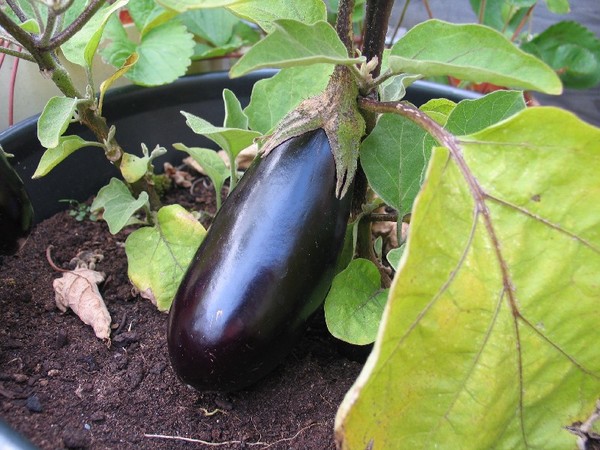 Why and what to do if the leaves turn yellow and wilt in the eggplant
Why and what to do if the leaves turn yellow and wilt in the eggplant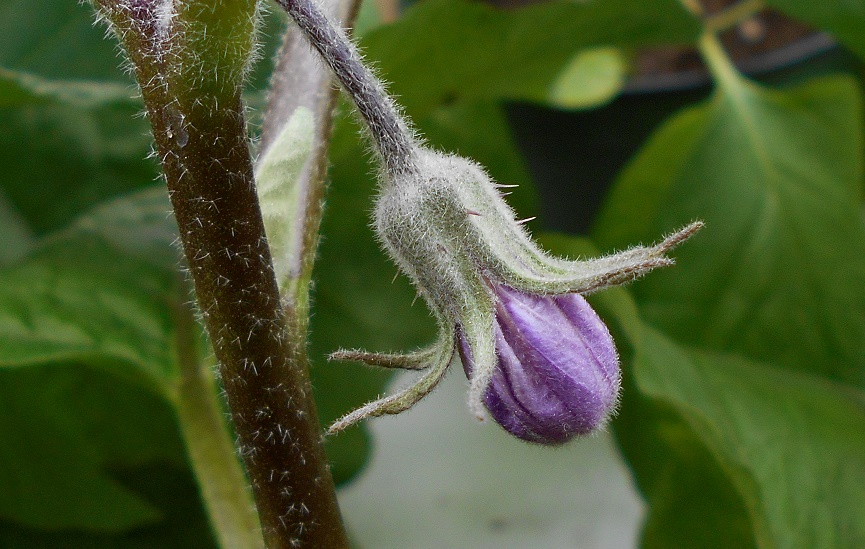 How to help eggplants to prevent flowers falling in the greenhouse?
How to help eggplants to prevent flowers falling in the greenhouse?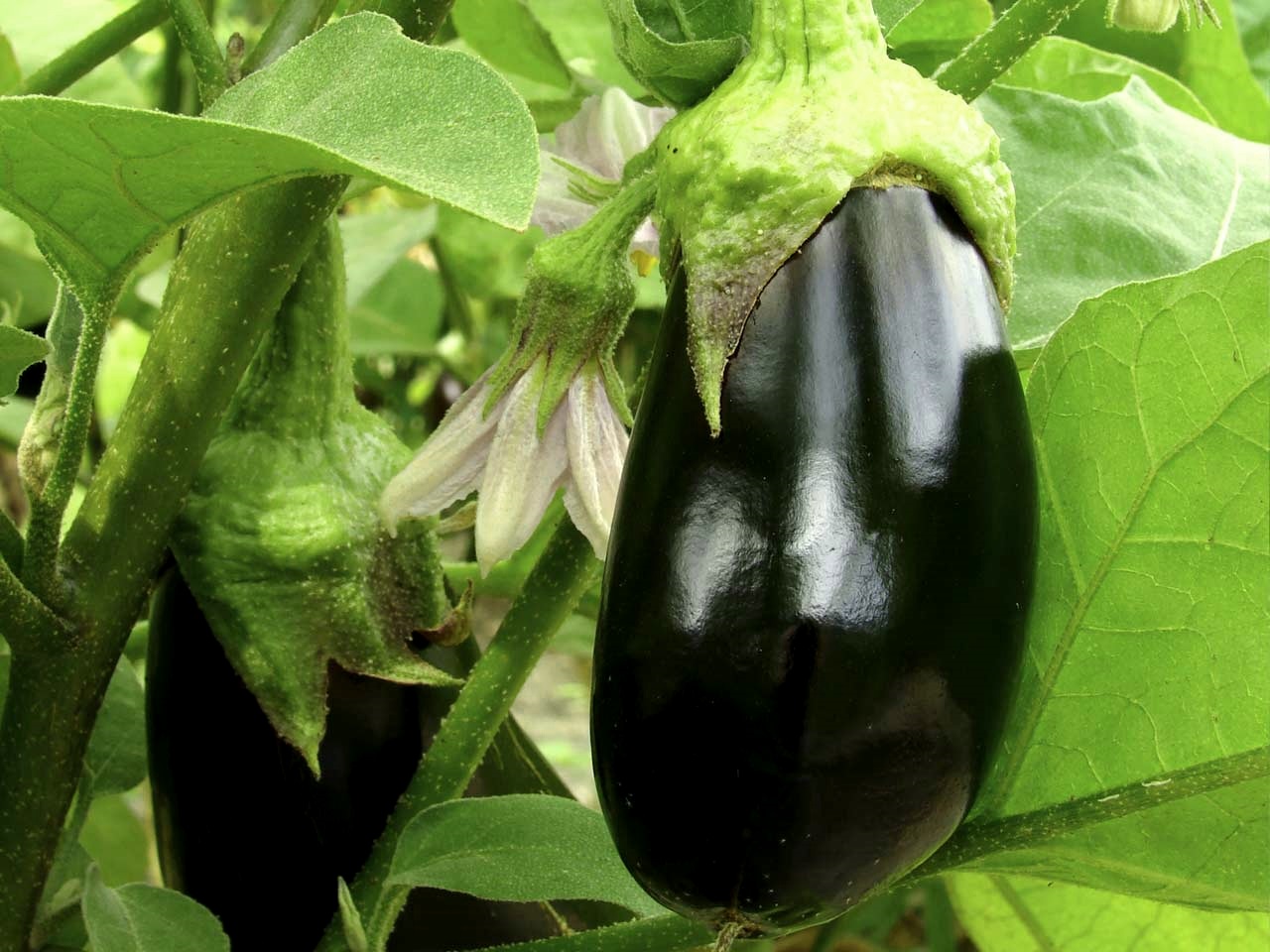 What to do to get a good eggplant crop in a greenhouse
What to do to get a good eggplant crop in a greenhouse